Early Hypertension Detection Through In-Home Check-Ins
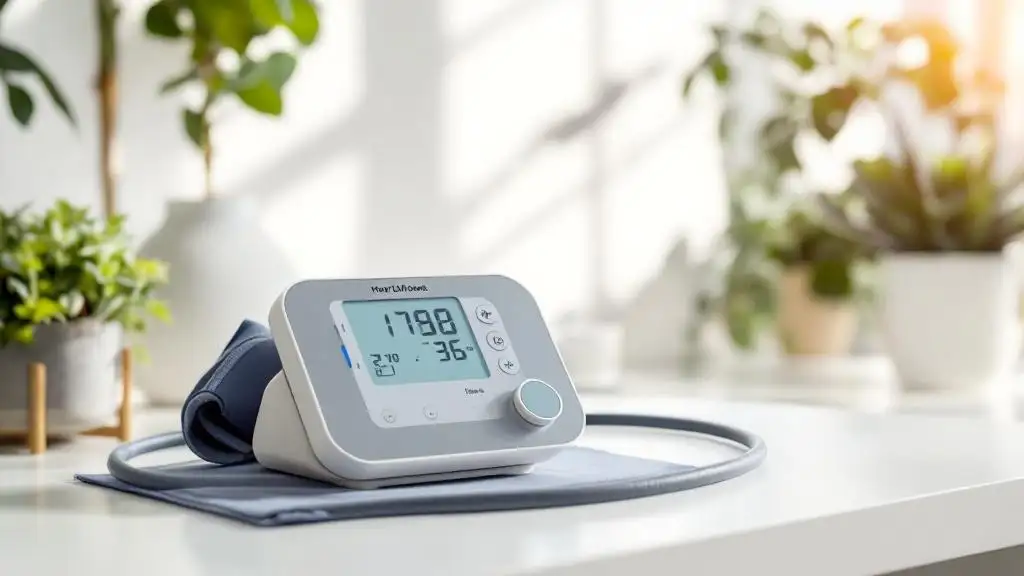
Introduction to In-Home Hypertension Detection
Early detection of hypertension is critical for preventing severe cardiovascular complications. Traditional clinic-based measurements often miss crucial variations, underscoring the need for accessible, continuous, and reliable home monitoring solutions. This article explores methods, tools, and technologies that facilitate early hypertension detection through in-home check-ins, emphasizing their importance in proactive health management.
The Significance of In-Home Blood Pressure Monitoring
How can in-home blood pressure monitoring help in the early detection of hypertension?
In-home blood pressure (BP) monitoring is an essential tool in the early identification of hypertension, especially because it provides more consistent and accurate readings compared to occasional clinic visits. When patients measure their BP regularly at home, they can capture fluctuations and detect patterns that might not be evident in a single office measurement.
Frequent measurements taken at different times of the day can reveal elevated BP levels that might be hidden during clinical assessments due to factors like stress or 'white coat' anxiety. This allows healthcare providers to diagnose hypertension more reliably and initiate timely management.
Additionally, home monitoring helps in uncovering masked hypertension, a condition where BP readings are normal in the clinic but elevated outside. Recognizing these cases early can prevent missed diagnoses and reduce the risk of cardiovascular complications.
Consistent data from home BP recordings also enable better tracking of BP trends over weeks or months. This supports clinicians in determining whether lifestyle interventions or medications are effective, facilitating personalized treatment plans. Overall, incorporating home BP monitoring into routine care enhances the likelihood of early detection, reduces the chances of undiagnosed hypertension, and promotes better health outcomes.
Effective Strategies and Protocols for Home Monitoring
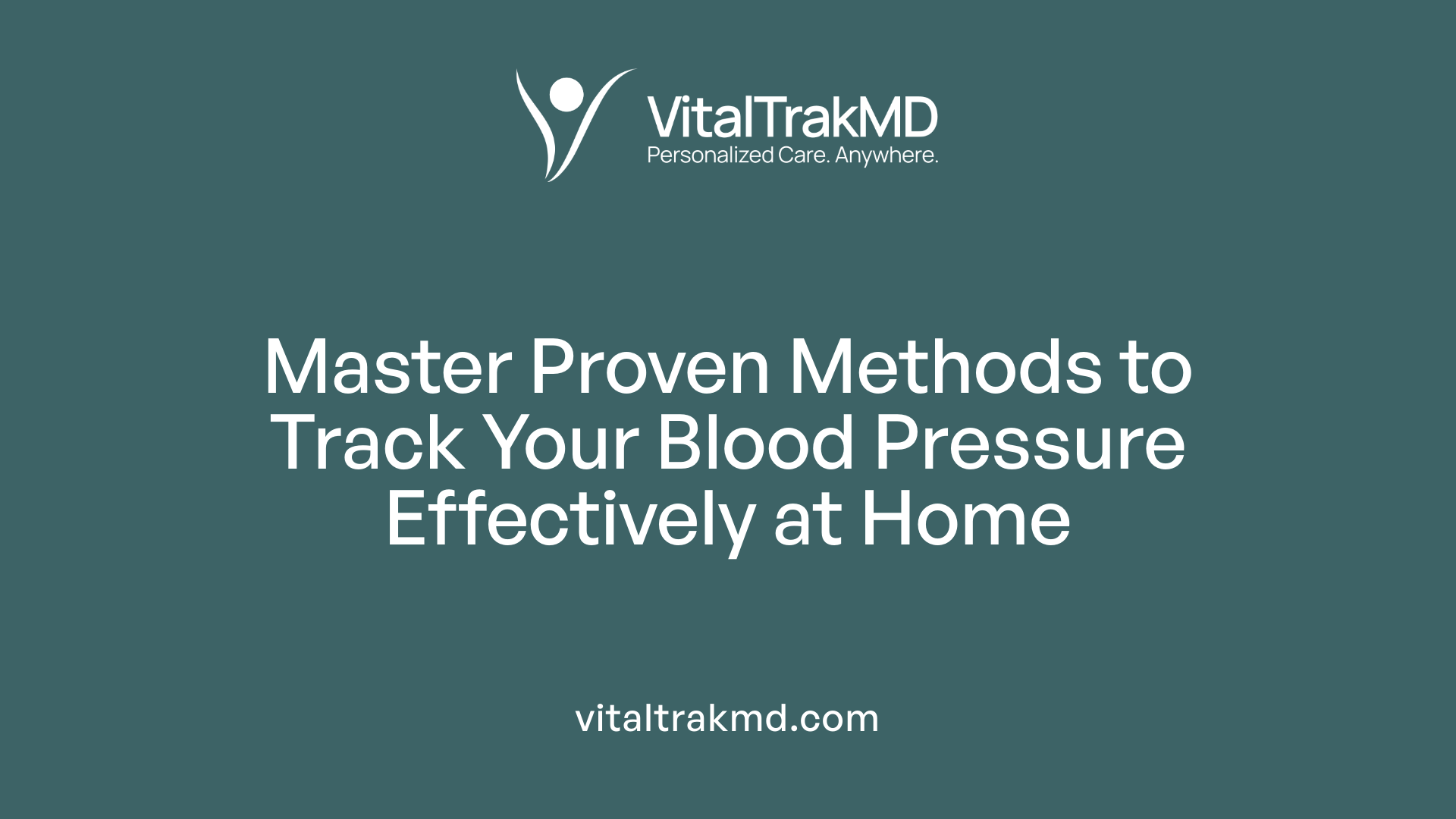
What are the most effective methods and strategies for early detection of hypertension at home?
Detecting hypertension early at home significantly depends on the use of validated devices along with proper measurement techniques. Reliable automatic upper arm cuff monitors, endorsed by organizations like the American Heart Association, are crucial for accurate readings.
For accurate measurement, patients should sit quietly for at least five minutes before taking a reading, with their feet flat on the floor and back supported. The cuff should be placed on the bare upper arm at heart level, ensuring the cuff size fits well—using a cuff that is too small or too large can distort results.
Regular measurement schedule enhances detection efforts. Guidelines recommend taking at least two readings, separated by at least one minute, twice a day (morning and evening), over a minimum of three days. The readings should be recorded and averaged to determine the true blood pressure level.
Consistency in timing—measuring at the same times each day—helps identify patterns and avoids data variability. This approach aids in recognizing white coat hypertension, masked hypertension, and persistent high BP, facilitating timely clinical intervention.
Combining this approach with professional healthcare support, either through telemedicine or regular doctor visits, boosts diagnostic accuracy. Educating patients about the importance of proper cuff placement, measurement technique, and avoiding factors like caffeine, exercise, or smoking before measurement further refines reliability.
By adhering to these structured strategies, home blood pressure monitoring becomes a powerful tool for early detection, ongoing management, and better cardiovascular health outcomes.
Technologies and Tools for At-Home Hypertension Screening
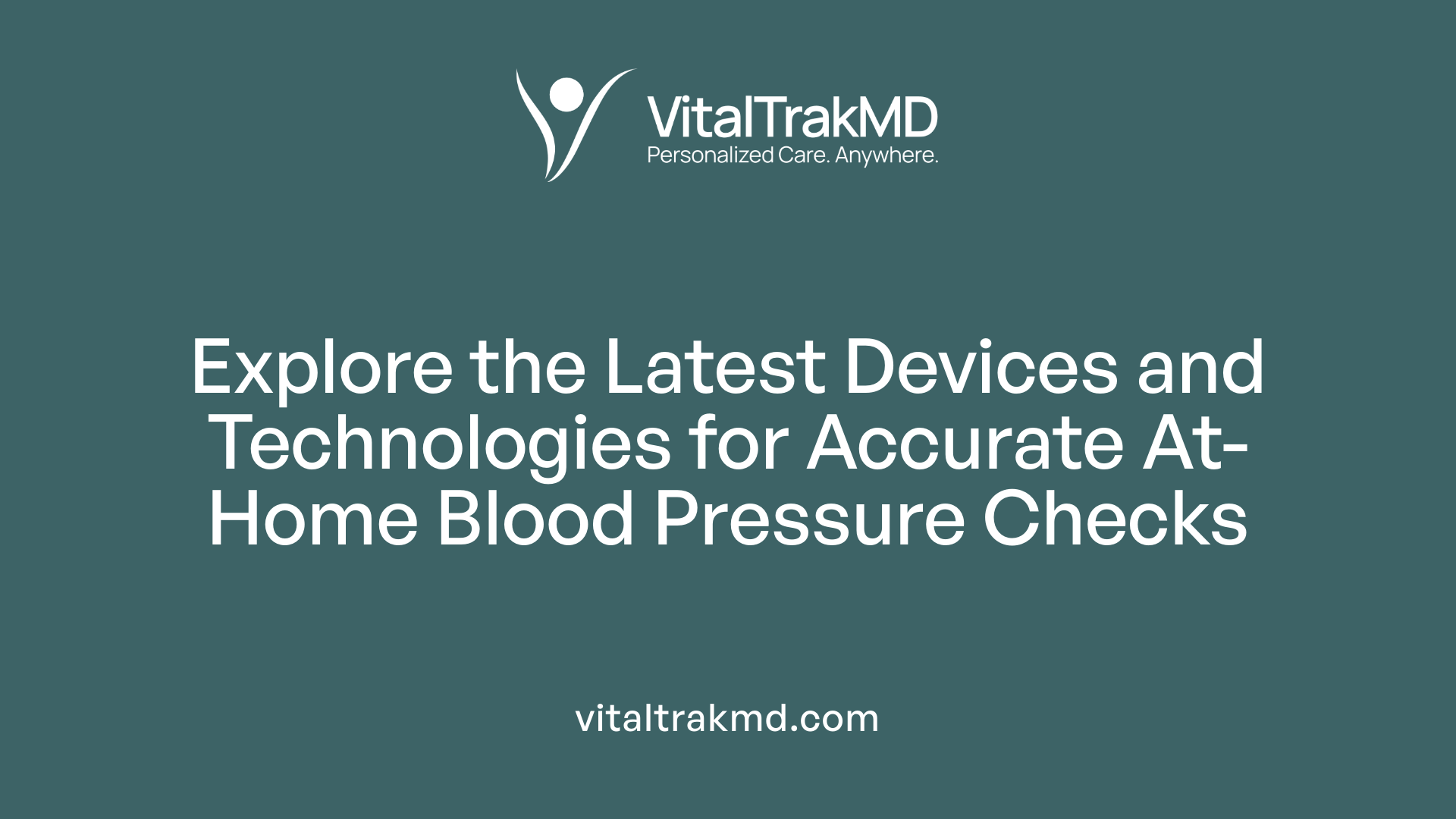
What technologies and tools are used for home hypertension screening?
Home blood pressure monitoring relies predominantly on validated automatic cuff-style upper arm monitors. These devices are recommended by trusted organizations such as the American Heart Association and are verified through resources like validatebp.org to ensure accuracy. Proper device selection is crucial for reliable readings.
Many modern blood pressure monitors feature connectivity options such as Bluetooth or cellular data transmission. This allows patients to share their blood pressure readings remotely with healthcare providers via telemonitoring systems. Such connectivity supports continuous care and helps clinicians make timely treatment decisions.
Emerging technologies include wearable and cuffless devices designed to make blood pressure measurement more convenient and less intrusive. These devices use innovative methods like photoplethysmography (PPG), which measures blood volume changes, electrocardiogram (ECG) signals, and pulse transit time. While promising, many of these cuffless solutions are still undergoing validation to confirm their accuracy.
In addition to blood pressure monitors, other tools enhance at-home health monitoring. These include activity trackers, pulse oximeters, portable ECG devices, and digital health applications that gather various physiological data, providing a more comprehensive view of a patient’s health.
Digital platforms supporting telemedicine enable patients to regularly upload their data, receive medical advice, and manage treatment plans efficiently. Artificial intelligence (AI) and electronic health record (EHR) integration further optimize the monitoring process, ensuring that blood pressure data is accurately analyzed and utilized for better care.
By combining validated devices with advanced connectivity and emerging wearable technologies, at-home hypertension screening becomes more accessible, accurate, and integrated into overall health management strategies.
The Role of Telemedicine and Digital Check-Ins in Hypertension Management

What role do telemedicine and remote health check-ins play in managing hypertension early?
Telemedicine and remote health check-ins have become vital tools in the early detection and management of hypertension. They allow patients to monitor their blood pressure at home using validated, automated devices, with results often shared electronically with healthcare providers. This approach encourages continuous tracking of blood pressure trends, helping to identify patterns such as white coat hypertension or masked hypertension.
Remote monitoring techniques include telemonitoring, where devices transmit blood pressure readings in real-time or at scheduled intervals. Teleconsultations further enable patients to discuss their readings and symptoms with healthcare professionals without visiting a clinic physically.
These technologies facilitate more frequent interactions between patients and providers, which can lead to timely adjustments in treatment, medication, and lifestyle recommendations. They also support team-based care, where physicians, nurses, and other health workers collaborate through digital platforms to provide comprehensive support.
During the COVID-19 pandemic, the importance of remote management grew even more. It allowed patients to maintain blood pressure control while avoiding unnecessary in-person visits, reducing exposure risks. Overall, telemedicine enhances early intervention, improves adherence, and has demonstrated potential in improving health outcomes for individuals with hypertension.
Guidelines, Best Practices, and Community Programs
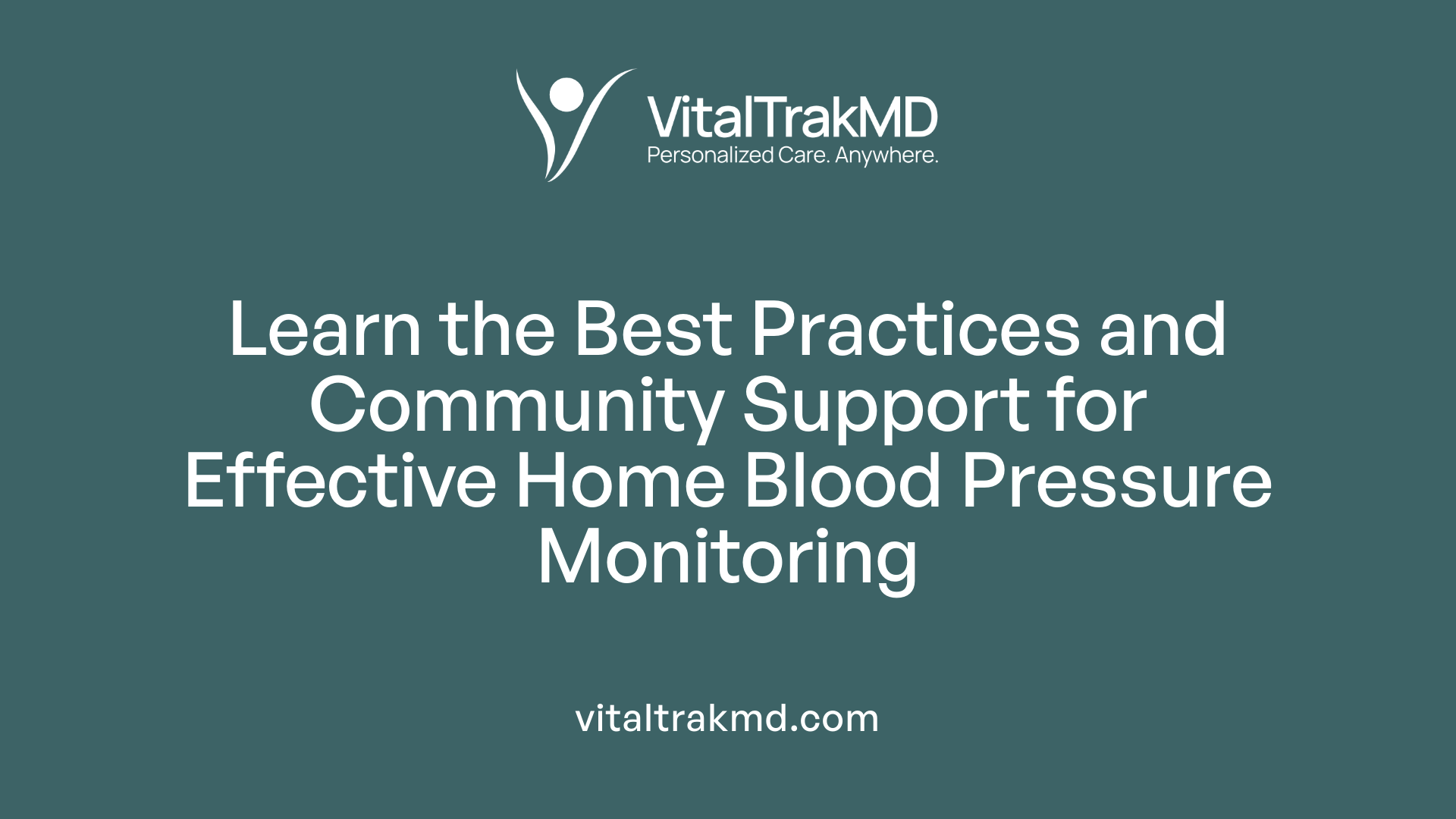
Are there guidelines or best practices for individuals to monitor their blood pressure at home for early detection?
Yes, established guidelines from major health organizations recommend specific practices for accurate home blood pressure monitoring. The American Heart Association and the ACC/AHA guidelines advise using validated, automated devices with upper arm cuffs tailored to proper cuff size. Proper technique is crucial: individuals should sit quietly for at least five minutes before measurement, keep the arm supported at heart level, and avoid caffeine, smoking, or exercise beforehand.
It’s recommended to take two readings, one minute apart, and record these measurements twice daily—usually in the morning and evening—for at least three days. Averaging these readings provides a more accurate assessment. Regular calibration of the device, ideally annually, and consulting healthcare providers for device validation and interpretation are important for reliable results.
Adhering to these best practices helps in early detection and ongoing management of hypertension, reducing the risk of future cardiovascular complications, and empowering individuals to take an active role in their health.
Long-Term Benefits and Health Implications of Early Detection
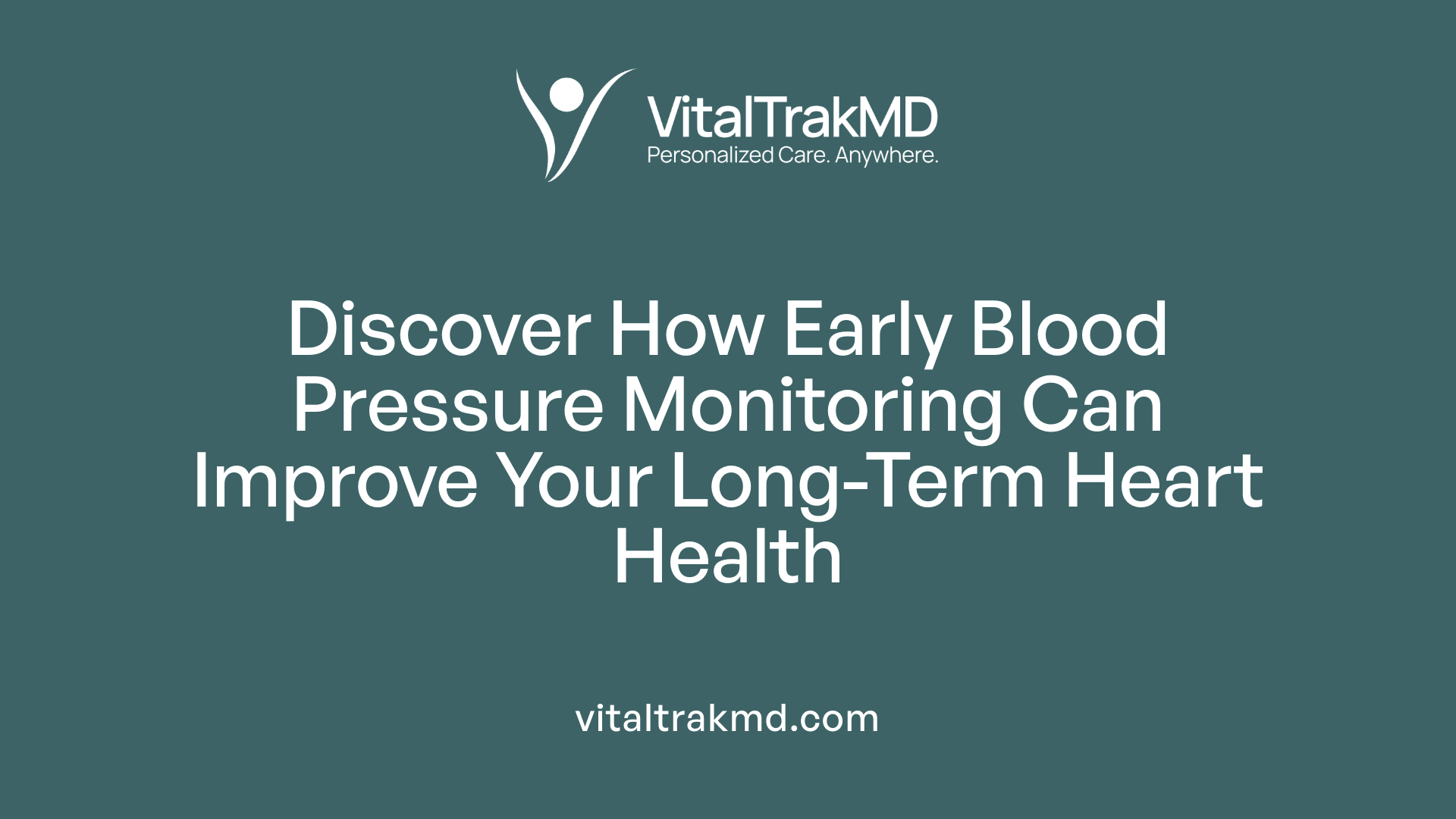 Regular monitoring of blood pressure at home plays a crucial role in the early detection and management of hypertension, significantly impacting long-term health outcomes.
Regular monitoring of blood pressure at home plays a crucial role in the early detection and management of hypertension, significantly impacting long-term health outcomes.
How often should one check their blood pressure at home for early detection of hypertension?
Research indicates that measuring blood pressure over a period of just three days can effectively identify or rule out hypertension in most individuals, eliminating the need for longer monitoring durations. Typically, people are advised to take at least two readings in the morning and two in the evening daily. Sometimes, for more comprehensive assessment, especially nocturnal blood pressure, extending the monitoring to two nights may be recommended. This shorter, targeted approach improves patient compliance and allows quicker diagnosis while maintaining accuracy.
Can self-measurement of blood pressure improve early diagnosis and control of hypertension?
Absolutely. Self-measurement provides consistent, out-of-office readings that reflect true blood pressure levels more reliably than occasional clinic measurements, which often underestimate BP. When combined with supportive healthcare strategies like telemonitoring, patient counseling, and team-based care, SMBP enhances early detection of conditions such as white coat and masked hypertension. It also empowers patients to be more involved in their health, encouraging adherence to medication and lifestyle modifications.
Major guidelines from organizations such as the American Heart Association advocate for incorporating home blood pressure monitoring in routine care. This practice not only improves the chances of early diagnosis but also facilitates ongoing control, reducing the risk of developing severe complications like heart attack and stroke.
Why is early detection important and what are the long-term health implications?
Early identification of elevated blood pressure allows for timely lifestyle changes and medical interventions which can prevent serious health issues. Detecting hypertension early has been shown to reduce the likelihood of cardiovascular and renal complications. Furthermore, blood pressure control decreases healthcare costs by preventing costly emergency events and hospitalizations.
How does early detection influence healthcare costs and patient empowerment?
Proactive home monitoring leads to cost savings over time by minimizing the need for extensive treatments for advanced disease states. It also fosters a sense of responsibility among patients, motivating lifestyle modifications and promoting adherence to medication regimens. This is supported by data showing that programs emphasizing self-measurement can significantly lower healthcare expenses and improve community health outcomes.
Summary Table: Benefits of Early Home BP Monitoring |Aspect|Impact|Additional Notes| |---|---|---| |Reduced risk of complications|Decreases incidence of heart attacks, strokes, and kidney disease|Early detection enables preventive care|n|Cost savings|Less reliance on emergency interventions and hospitalizations|Offers long-term economic benefits|n|Patient empowerment|Increases health awareness and engagement|Facilitates lifestyle and treatment adherence|
In conclusion, consistent home blood pressure monitoring is a cost-effective, empowering, and clinically effective strategy for early detection of hypertension. This approach not only improves individual health outcomes but also benefits overall healthcare systems by reducing the burden of cardiovascular disease.
Conclusion: Embracing Home Check-Ins for Better Heart Health
The integration of in-home check-ins, advanced technologies, and telemedicine into hypertension management is transforming preventive cardiovascular care. Regular, accurate blood pressure monitoring outside clinical settings enables early detection, facilitates timely interventions, and promotes sustained blood pressure control. Public health initiatives, community programs, and patient education are vital in expanding access and ensuring adherence to best practices. As research continues to validate the superiority of home-based assessments, healthcare systems worldwide are increasingly adopting these strategies to reduce the burden of hypertension-related complications. Embracing in-home check-ins empowers individuals, improves clinical outcomes, and ultimately safeguards long-term heart health.
References
- Home Blood Pressure Monitoring | AAFP
- Comparing the Effectiveness of Home, Clinic, and Kiosk Blood ...
- Get the most out of home blood pressure monitoring - Mayo Clinic
- How Home Based Health Screening Supports Early Detection
- Early Detection of Undiagnosed Hypertension Based on ...
- How to Monitor Hypertension at Home
- HTN Screening: The Gateway to a Healthy Heart
- Health and Economic Benefits of High Blood Pressure Interventions
- Blood pressure check with your manicure? Communities for Healthy ...
Recent articles
Want to Feel Better and Live Healthier?
Join hundreds of patients taking control of their health with personalized care that fits their life – not the other way around.
Rated 4.8/5 by 32+ customers







